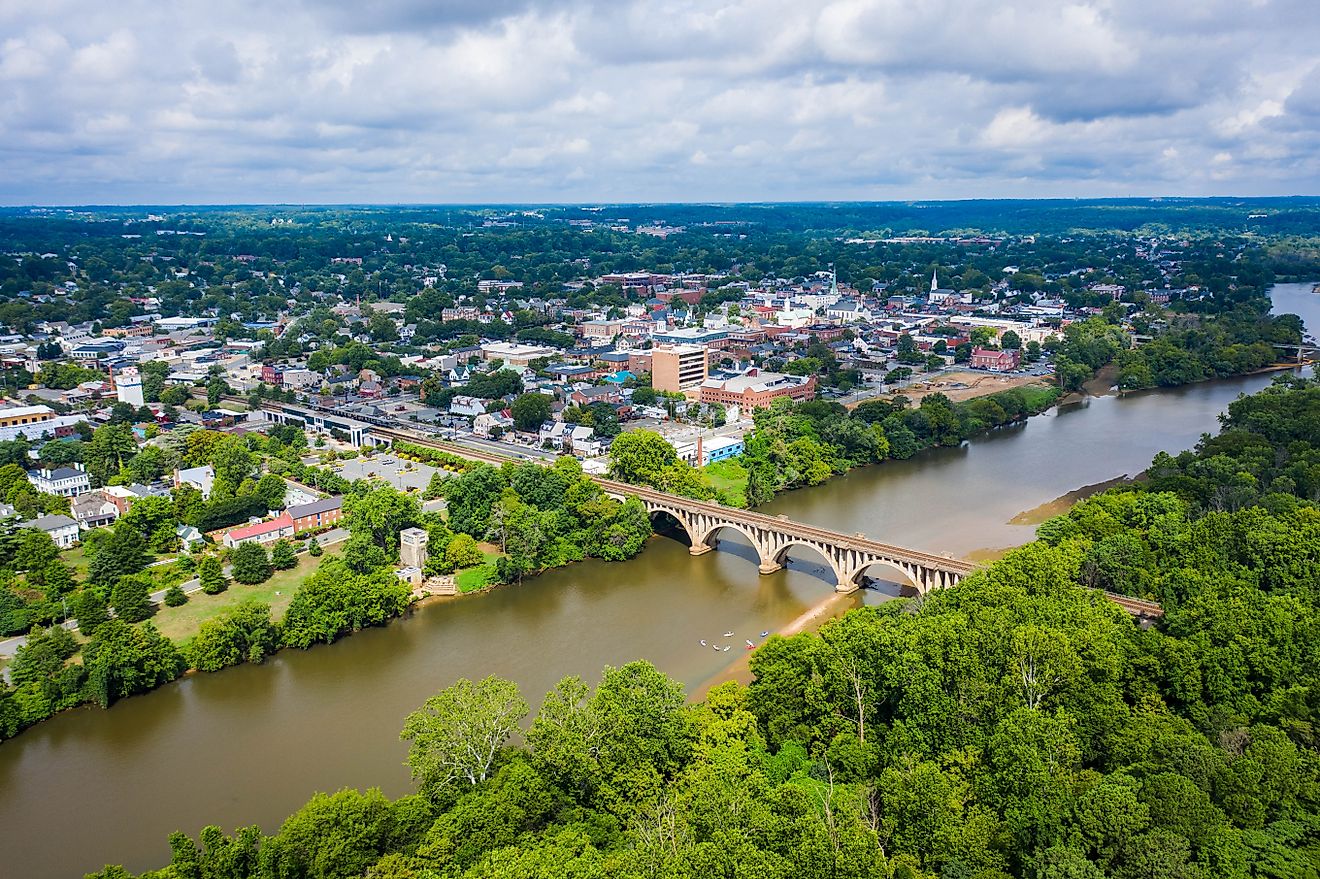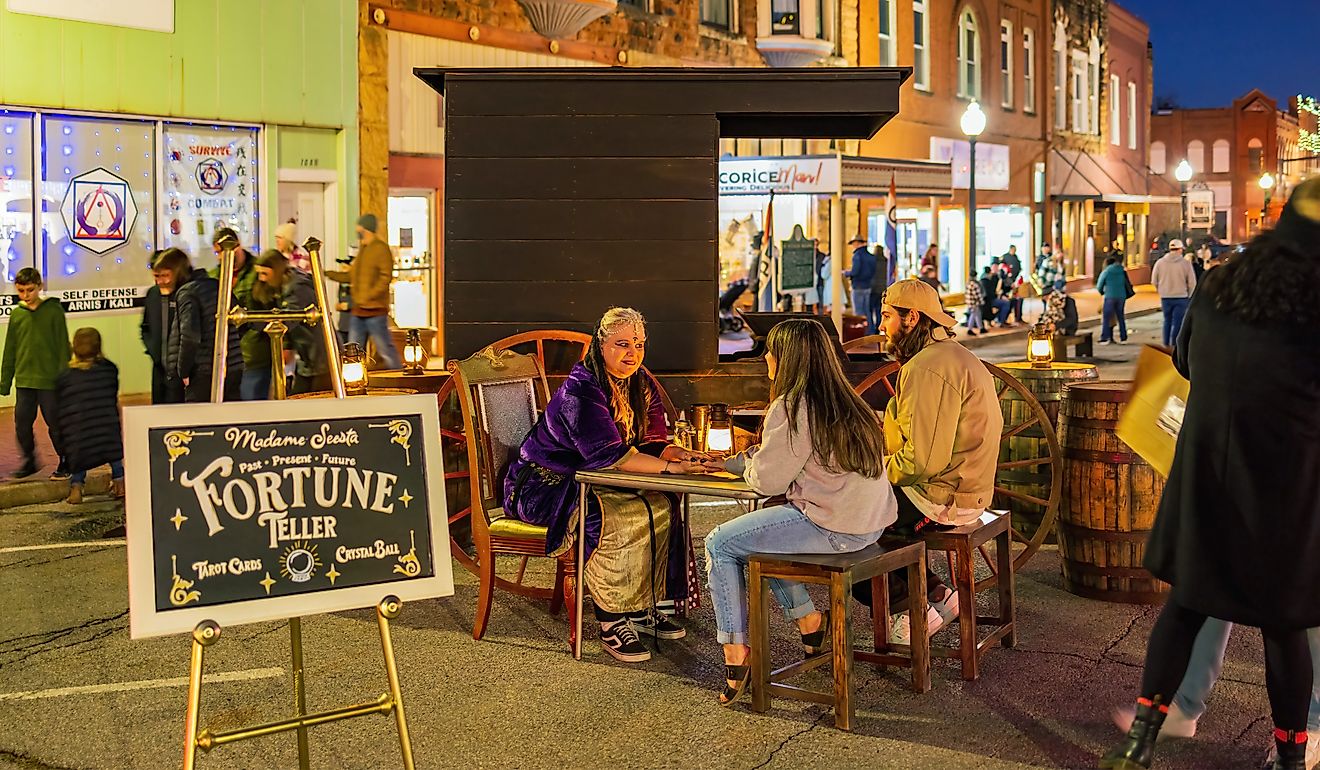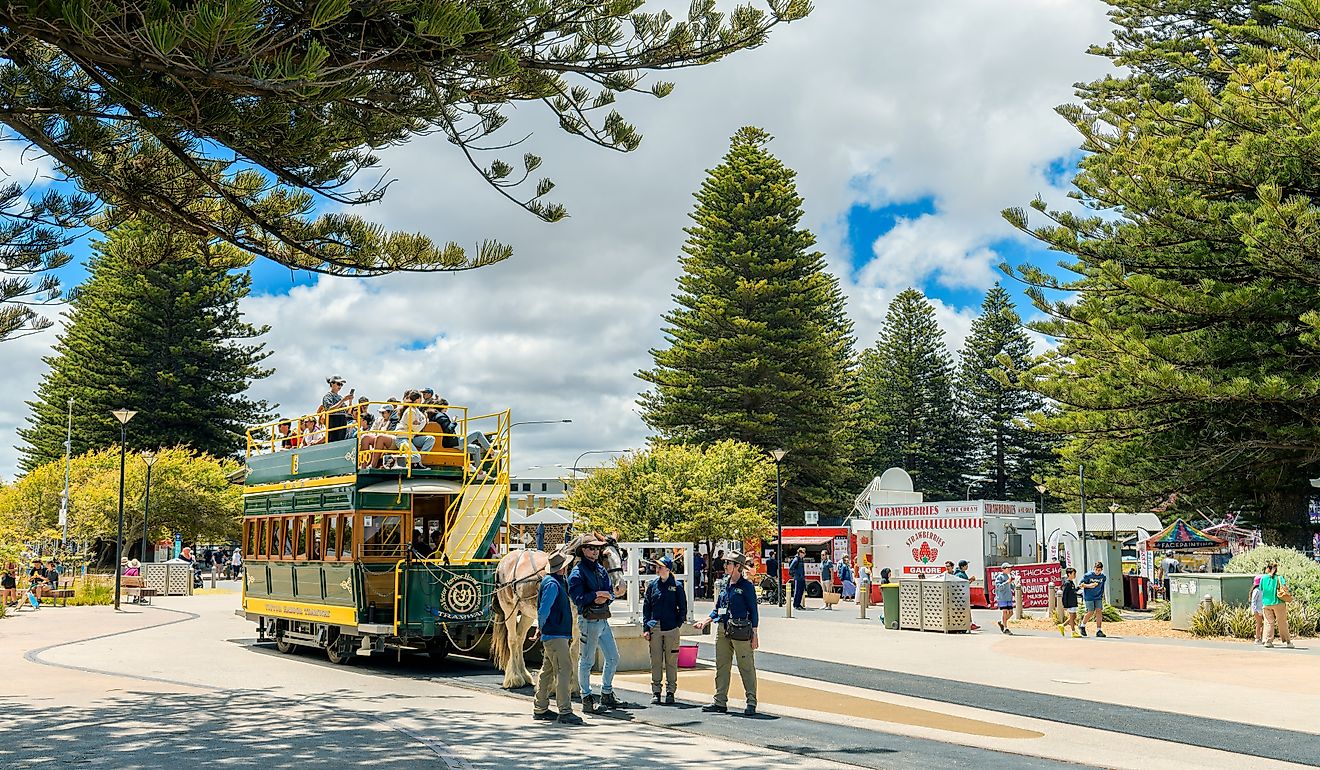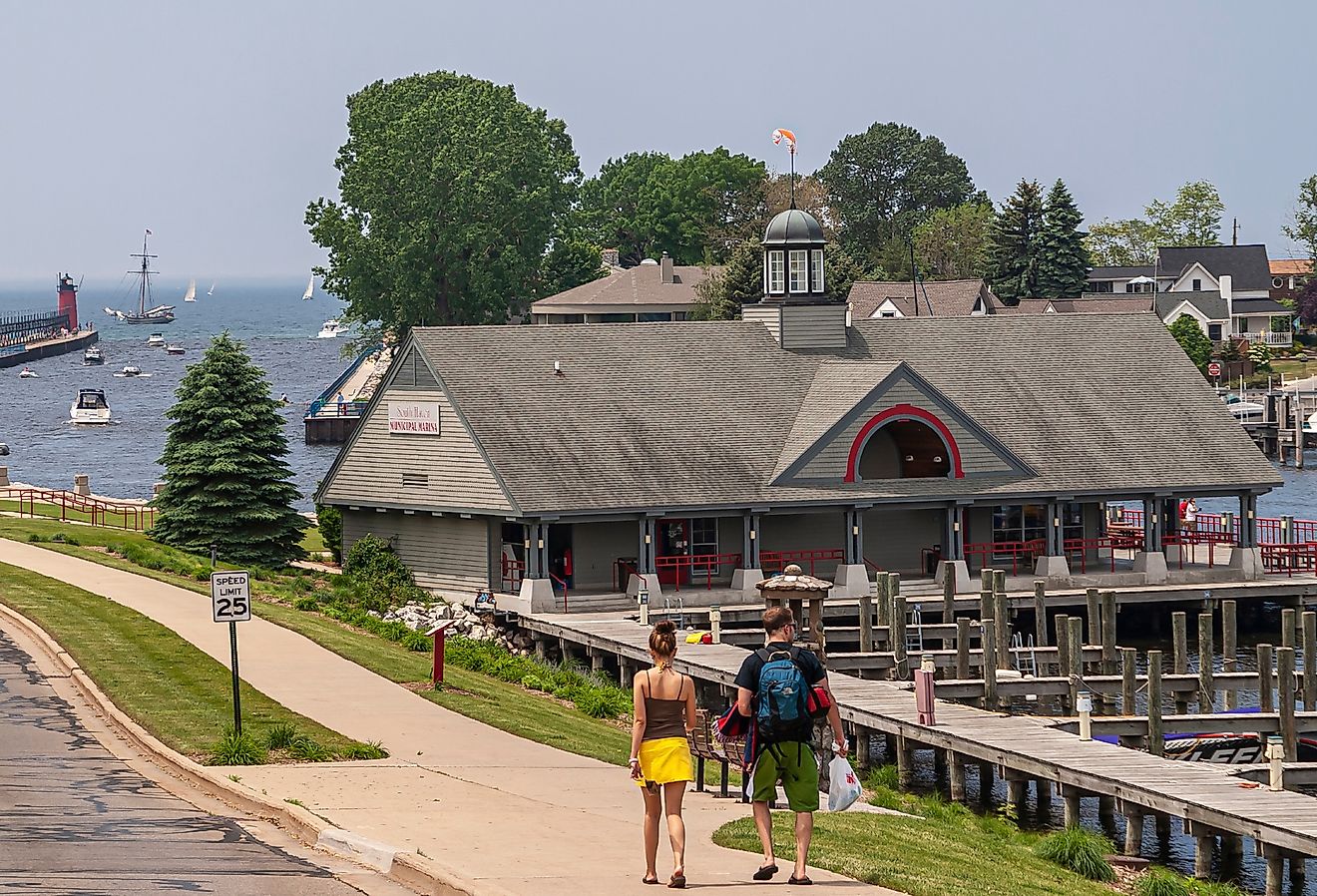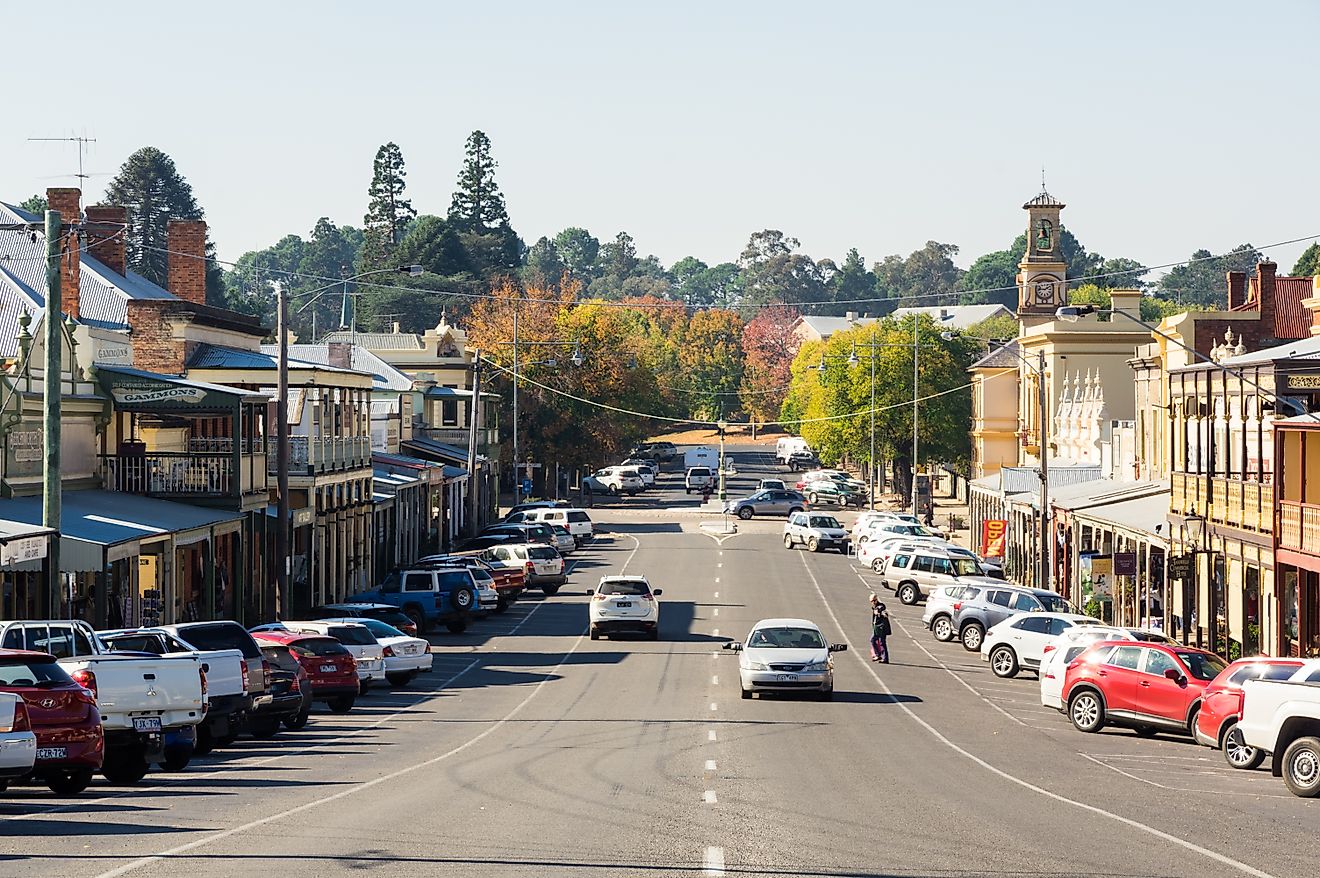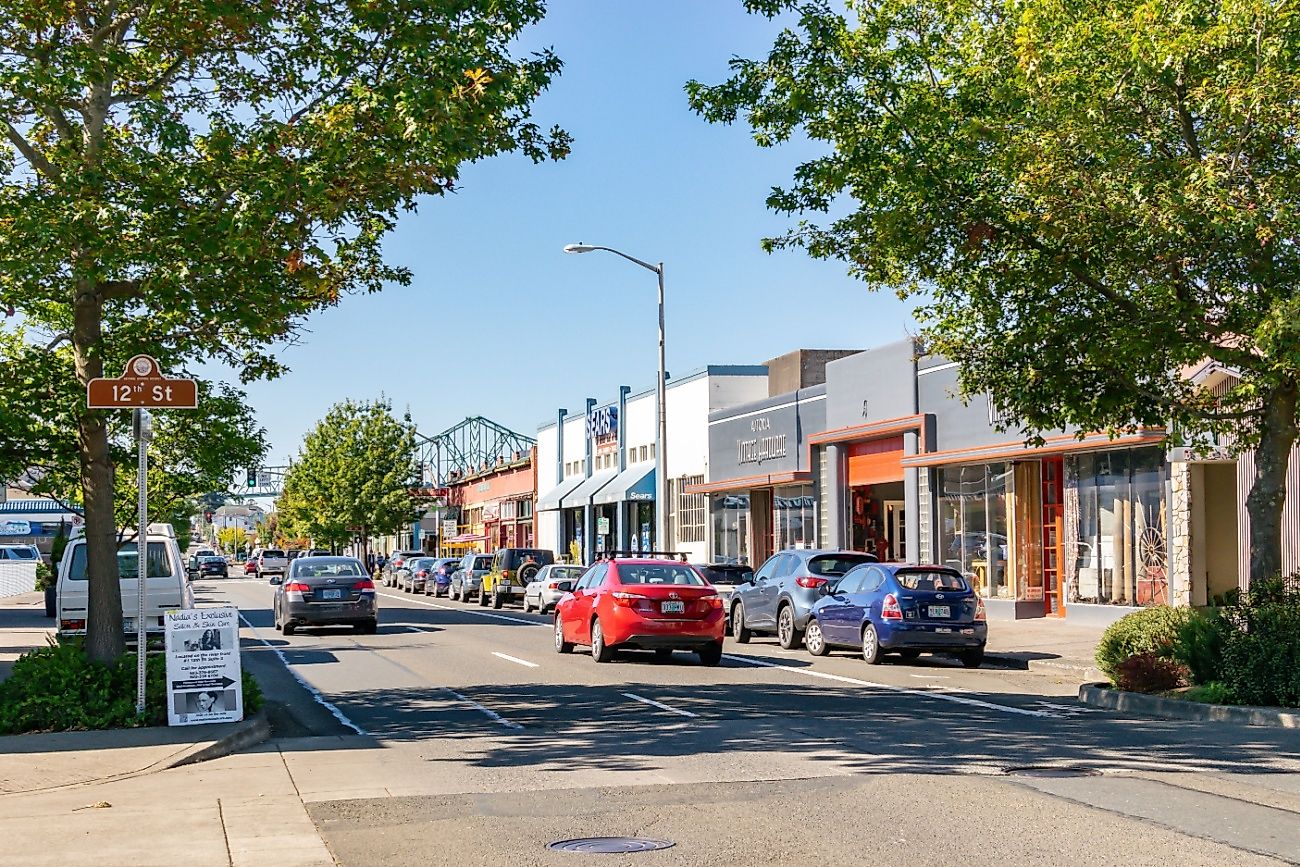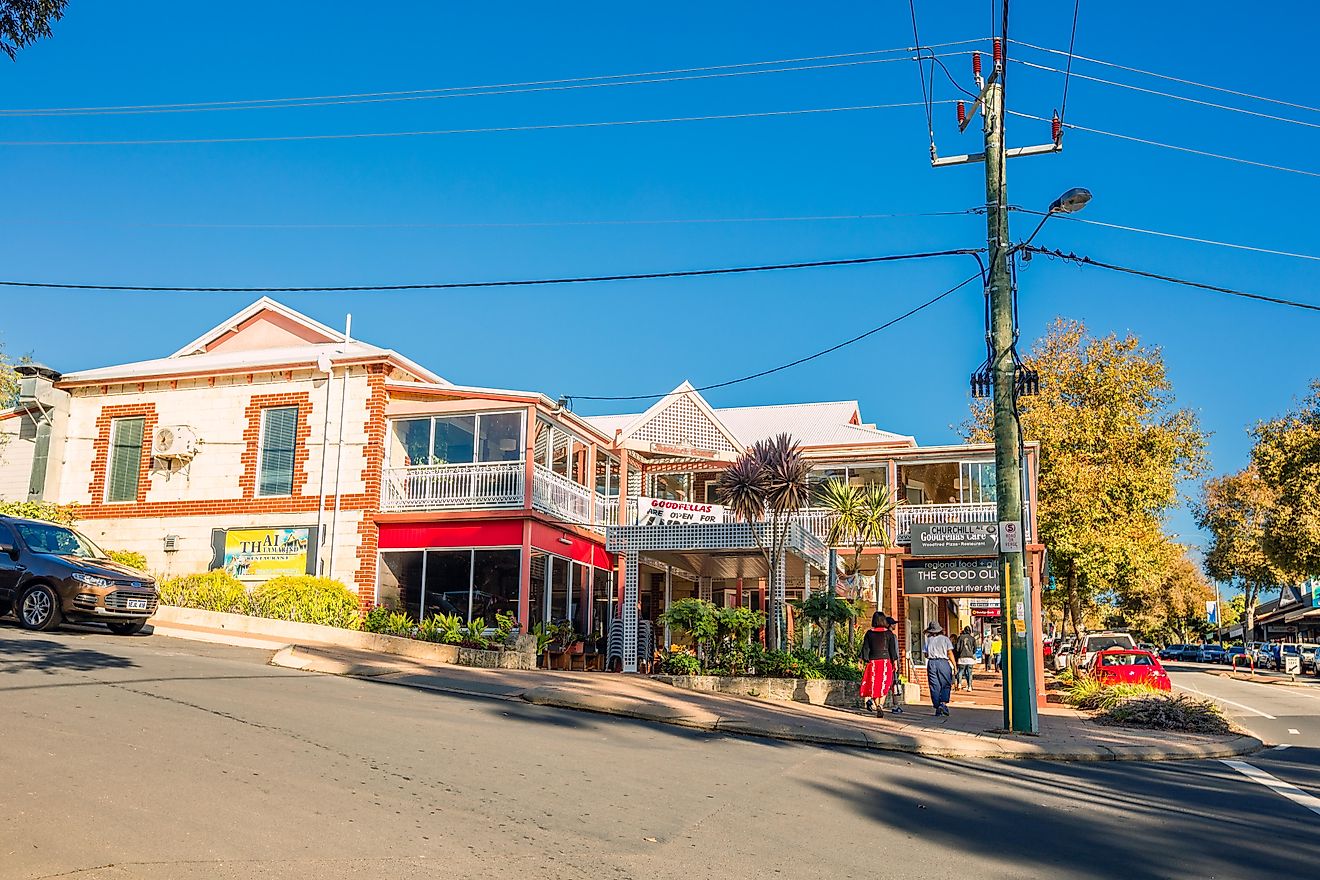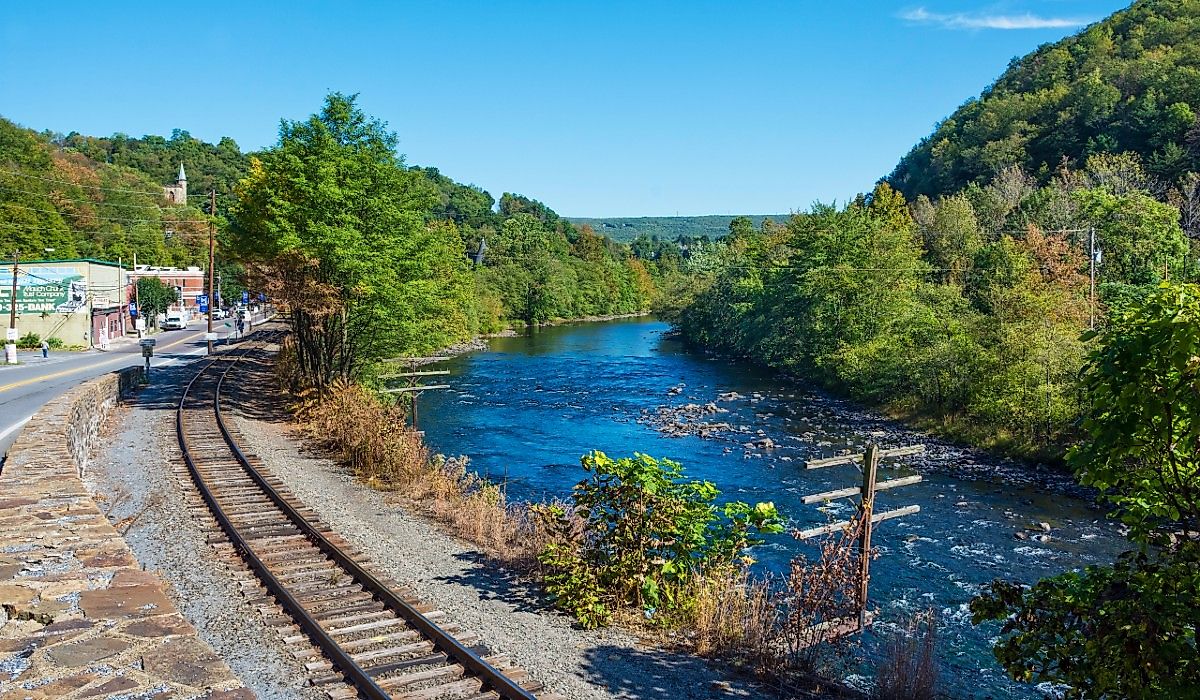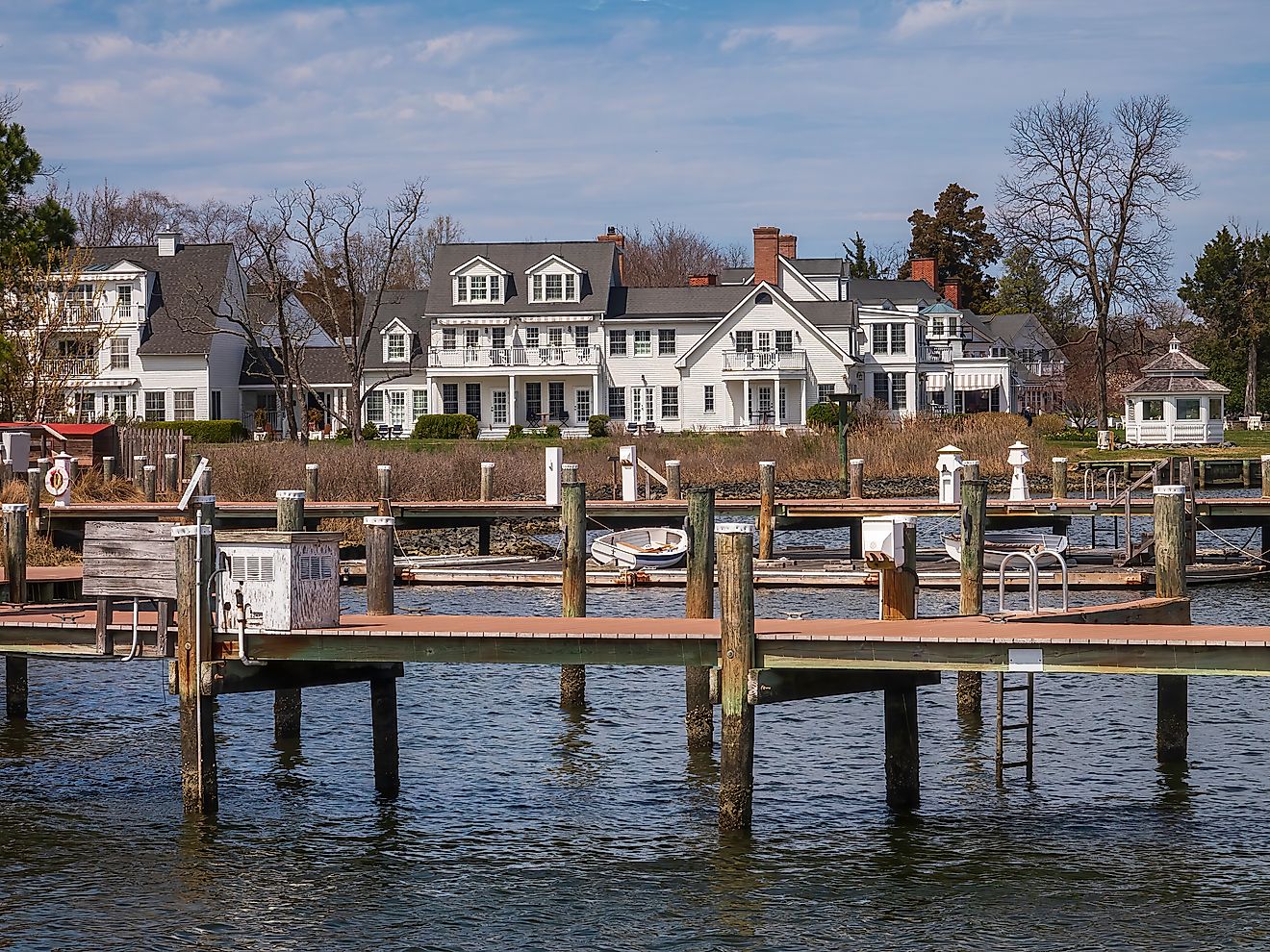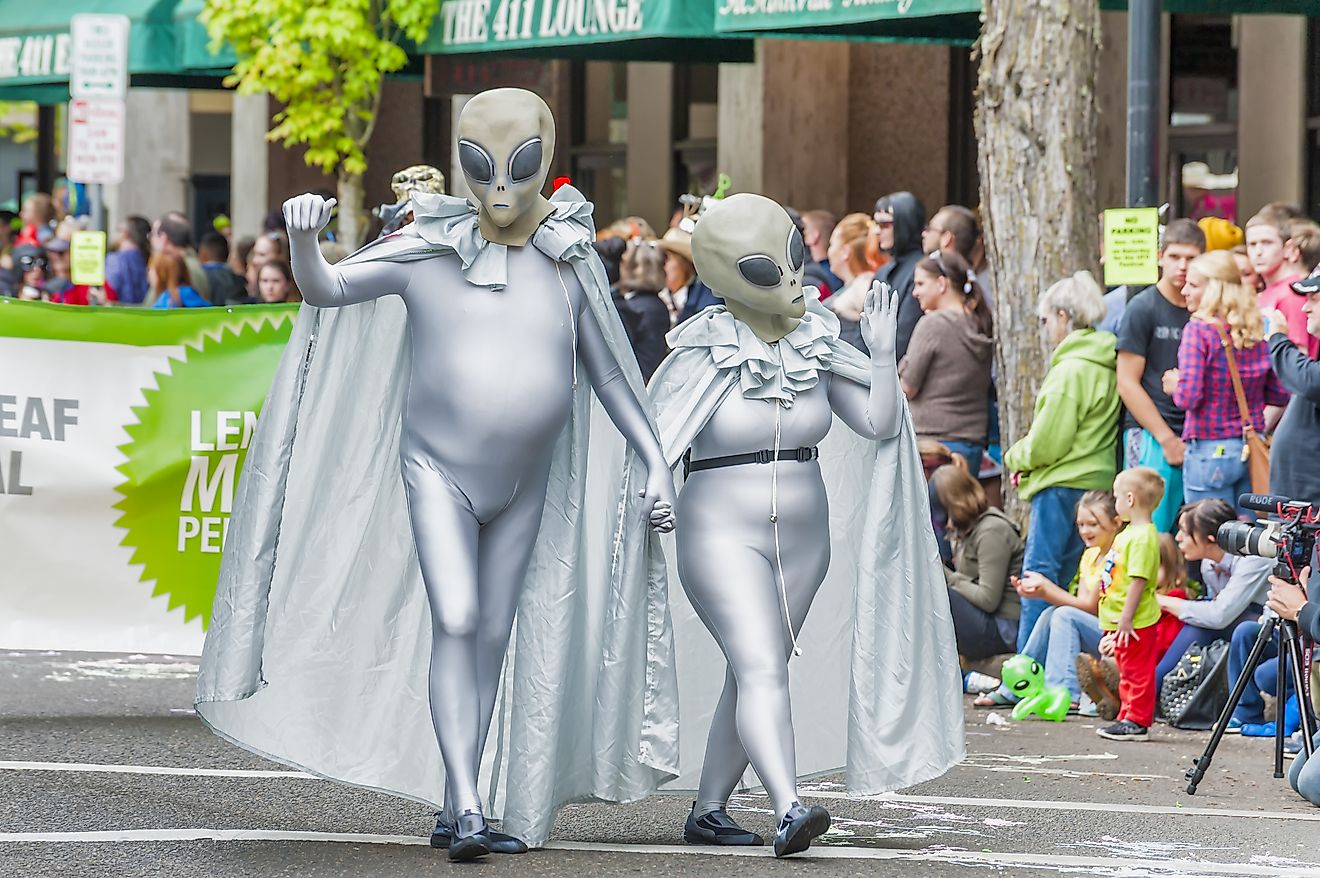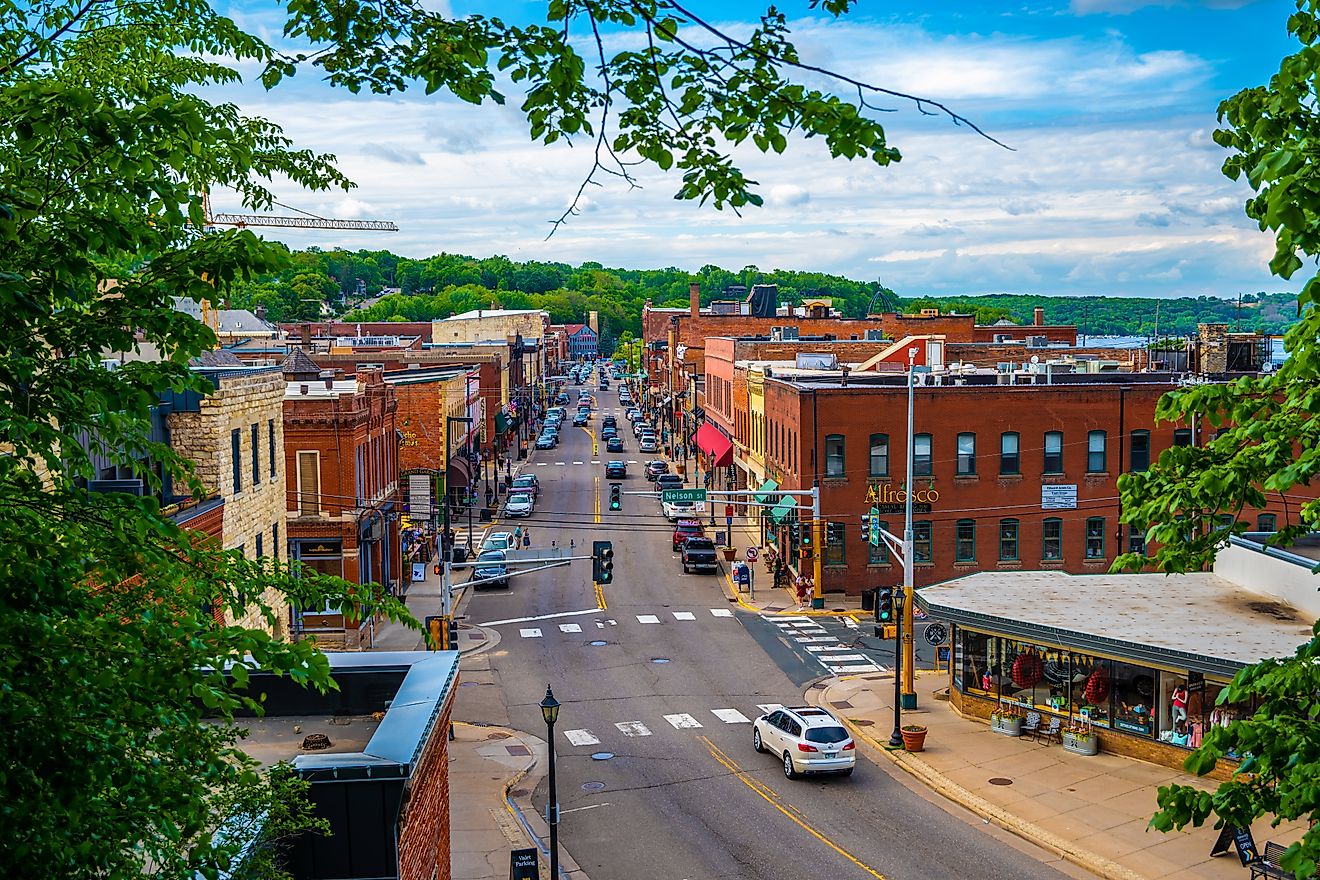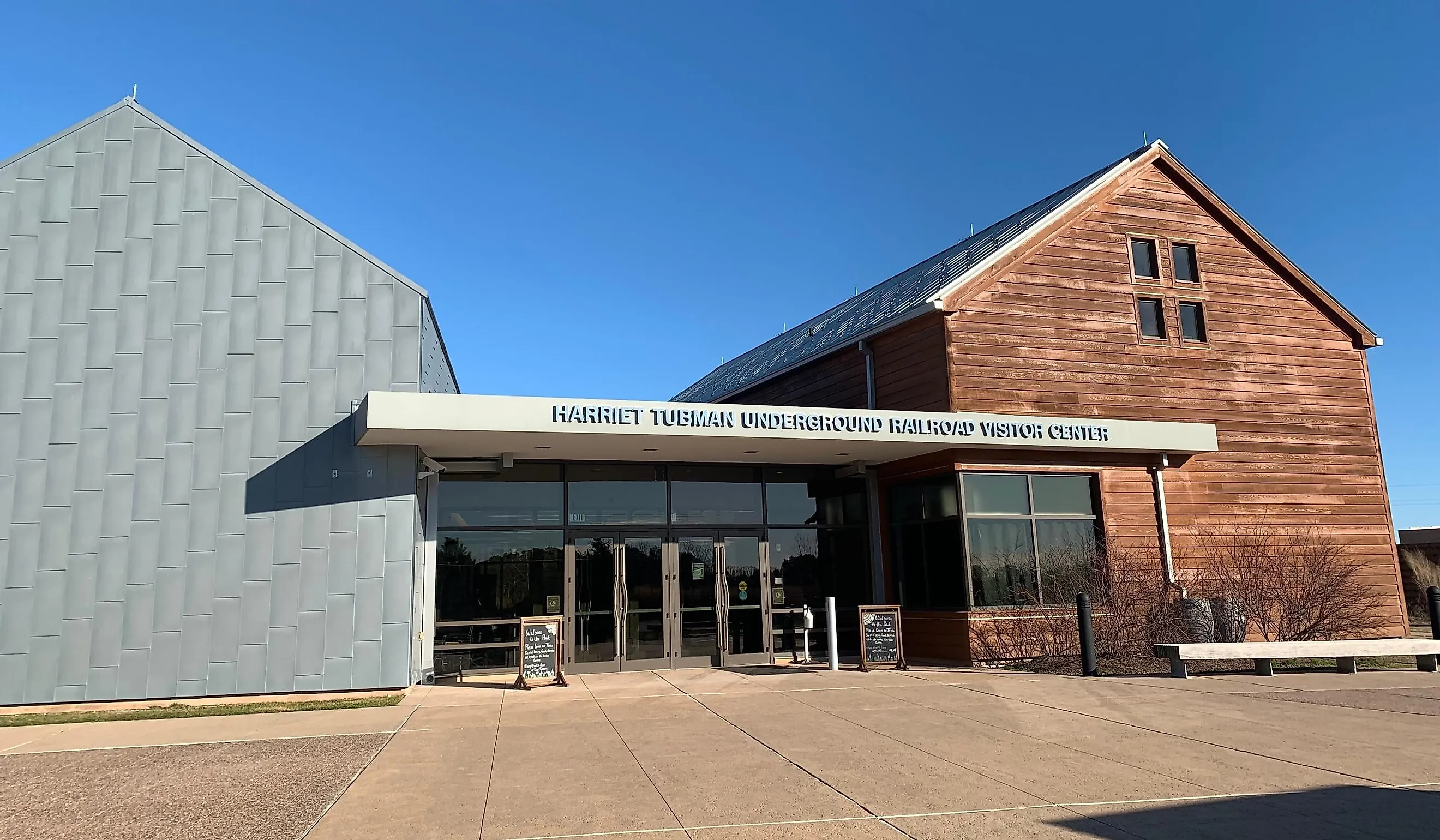
8 Towns in Maryland With Rich History
The people of Maryland hold their history close, with many towns sticking to their colonial roots. It's where the nation's capital is, and the whole state is ripe with lore dating back hundreds of years. From battles during the Civil War to luxurious port towns, Maryland has a lot to offer anyone who wants to learn about local happenings, big or small, dating back centuries. Stop at one of the many museums or take a stroll through one of these towns and appreciate the different kinds of architecture that still stand strong. The state has no shortage of both quaint small-town life and colonial heritage.
Leonardtown
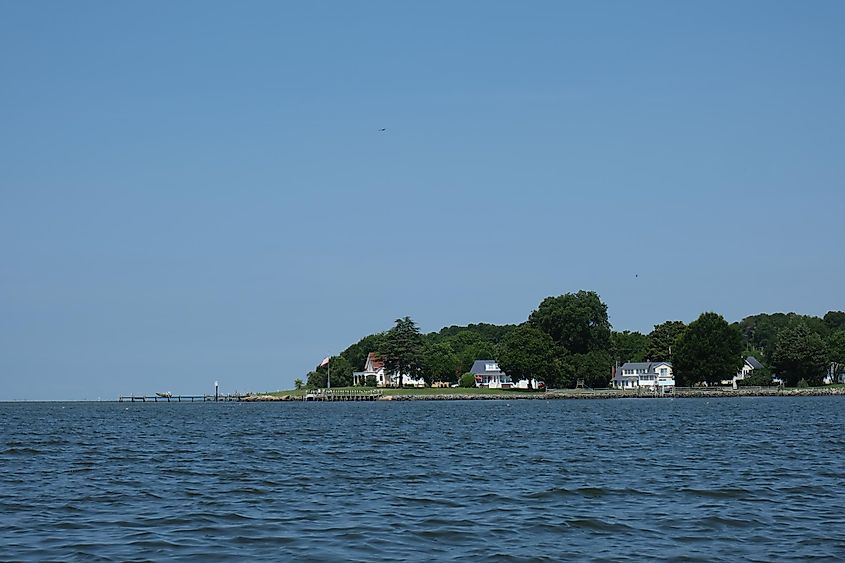
Founded in the 17th century as Seymour Town, Leonardtown wouldn't be incorporated until the 1850s, being named after former Maryland governor Benedict Leonard Calvert. It was a significant port town during the 19th and 20th centuries, with many steamboats landing by heading from the Chesapeake Bay into the Potomac River, where Leonardtown is connected. Historic Leonardtown, sometimes referred to as a historic district, features plenty of historical buildings and landmarks, some restored to their former glory. A lot of the architecture is made of brick and stone, which still stands strong today. Buildings like the Leonardtown Courthouse, Old Jail Museum, and the Tudor Hall can be visited, among others, via a walking tour available on the town's website. On the map are 21 different landmarks in close proximity to each other, ranging from churches to theaters throughout the district.
Easton
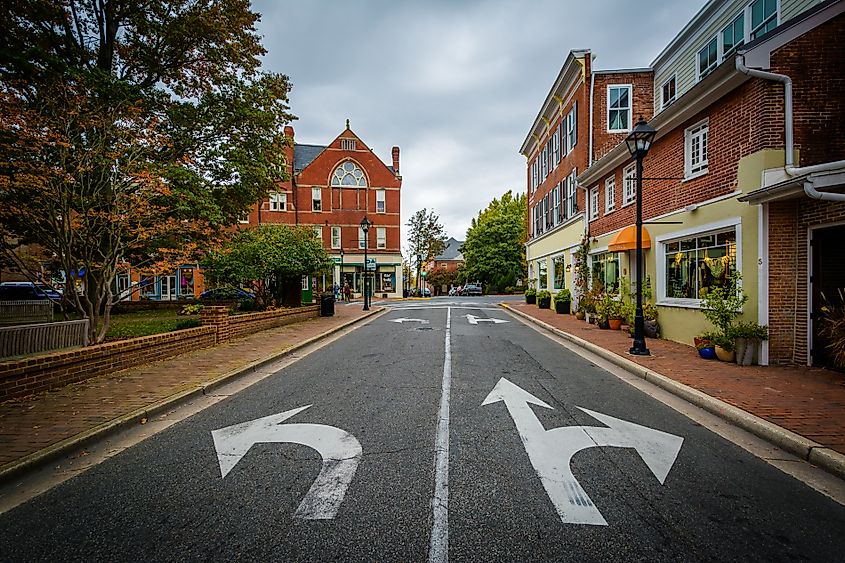
The town of Easton was formed around the construction of a courthouse needed for Talbot County during the 18th century. The brick building still stands today downtown and was actually erected using tobacco, with 15,000 pounds of it paying for the construction. The name Easton is more than likely named after a settlement of the same name in Somerset, England. Many structures still stand from the town's history, with some being remodeled or repurposed, like the Academy Art Museum, which was once a schoolhouse in the 1820s. The local historical society has exhibits and guided tours of three restored homes, which preserve and help teach about living conditions in the 18th to 19th century. A statue of abolitionist Frederick Douglass was unveiled in 2011 to commemorate his legacy, with him being born a slave in Talbot County in 1818.
Cumberland
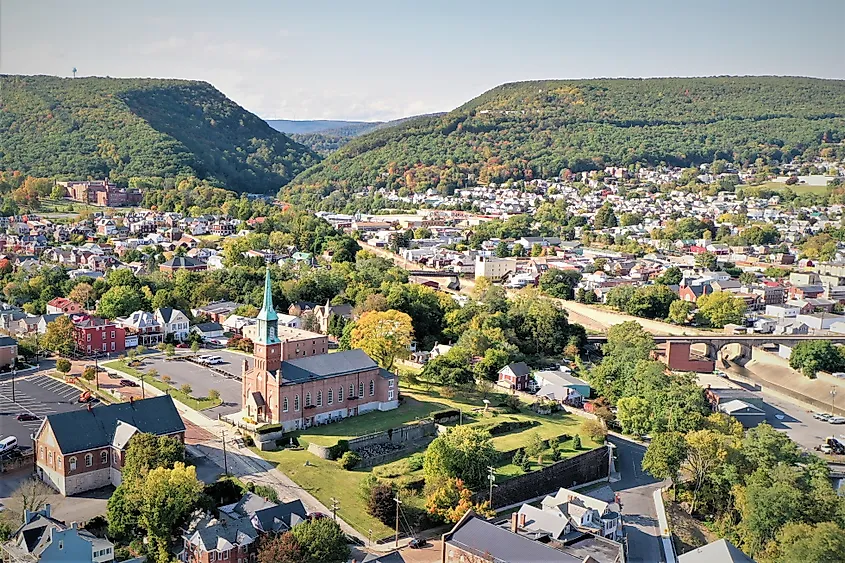
Cumberland is on the Potomac River. Once the second largest town in the state, it was given the nickname "Queen City." The town was home to George Washington's first military headquarters in the late 18th century, with the area seeing several conflicts like the Whiskey Rebellion. Cumberland was an important location, as it provided not only a road to get through Maryland but also served as a stopping point for the expanding railroad, which the town heavily relied on at one point before moving to more industrial affairs. Cumberland has an extensive number of landmarks and buildings, some housed in the Washington Street Historic District, like the Allegany County Courthouse, Emmanuel Episcopal Church, and more. Downtown has a very walkable area with plenty of historic architecture and quaint business areas. Museums like the Allegany showcase local life alongside art and historical artifacts relating to the once-booming industrial scene in Cumberland, including glass blowing and alcohol brewing.
Boonsboro
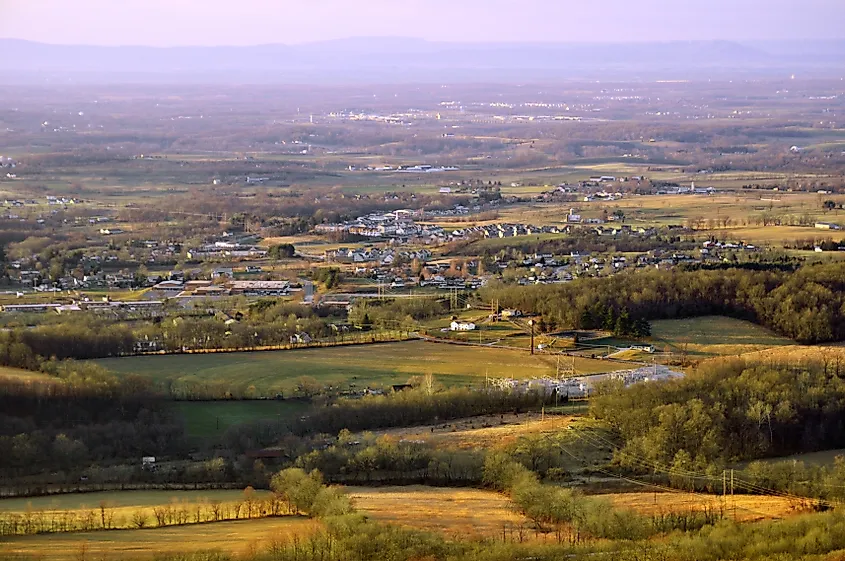
Boonsboro was incorporated in 1831, just a few decades before the start of the Civil War, where it was an important position where the churches were used as impromptu hospitals. After the war, agriculture would end up being Boonsboro's primary income. Arguably, the most popular attraction is the Washington Monument, which was built in 1827 and stands as a stone structure 34 feet tall. It's different from the one in Washington, D.C., as it was made more so by townspeople rather than being a symbol of the nation's capital. On Main Street is the Boonsboro Museum of History, which teaches the history of both Boonsboro and the Civil War through different exhibits and artifacts relating to the time period as well as local history. The Gathland State Park is home to different buildings made by a Civil War journalist named George Alfred Townsend, with trails going through it for people to visit. Civil War reenactments happen during the summer, along with a "Living History" weekend in September, to portray what soldiers went through in day-to-day life.
Saint Michaels
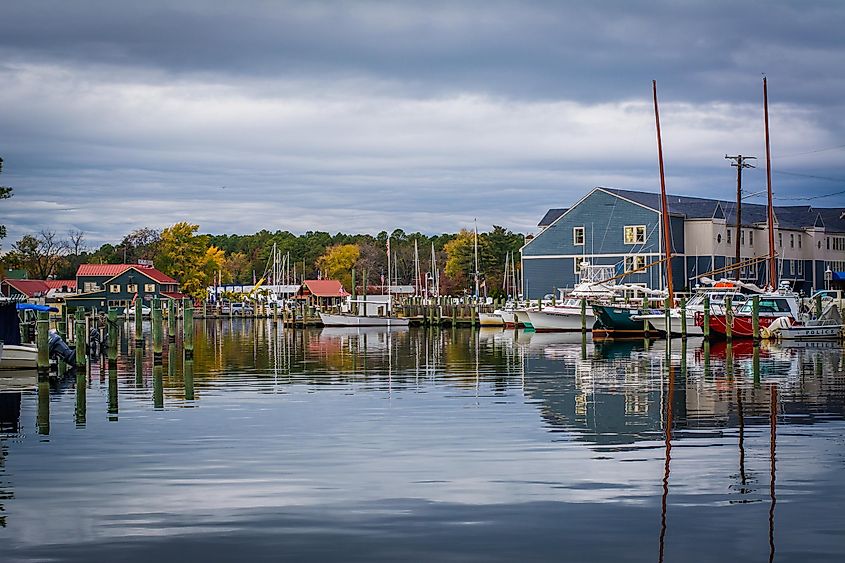
The town of Saint Michaels, often shortened to St. Michaels, was once a trading post in the mid-17th century for both trappers and farmers. Its name comes from the Christ Episcopal Church of St. Michael Archangel parish in the area. It's one of the oldest towns in Talbot County and has a history of not only trading but shipbuilding as well, dating back to before the town's founding. These ships were used to protect the Chesapeake Bay that St. Michaels sits on from the British. After shipbuilding declined to proceed with the War of 1812, most households would take up some kind of fishery, with a now booming oyster industry. The town has plenty of still-standing structures in the St. Michaels Historic District, including historic homes like Crooked Intention, mills like the Saint Michaels Mill, and even log canoes built in the 19th century like Island Bird and Jay Dee. Museums like the Chesapeake Bay Maritime Museum were once seafood packing houses and hold many maritime-related artifacts while teaching the town's history.
Berlin
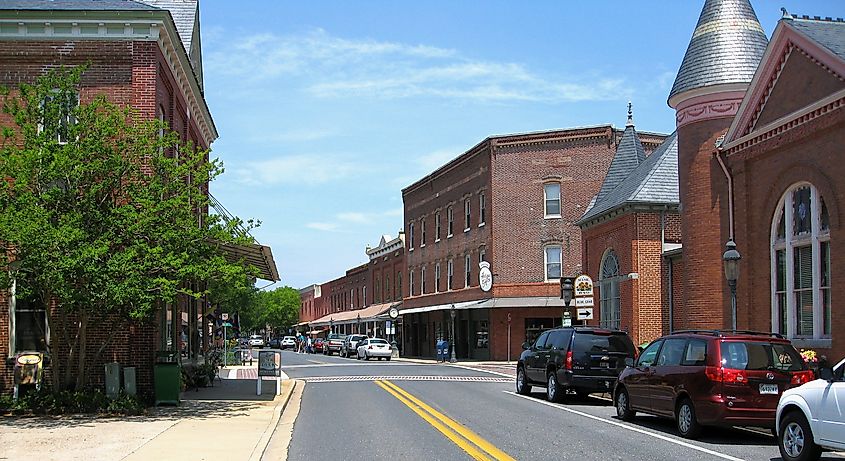
The name "Berlin" might come from a shortening of a tavern at the crossing of the Sinepuxent and Philadelphia Post Roads called the "Burleigh Inn." The town was incorporated shortly after the end of the Civil War before booming into an era of tourism and prosperity, with the help of different railroads coming to town. A lot of the architecture seen today is Victorian because a fire in 1895 destroyed a lot of the central commercial district. If those fires didn't happen, then Berlin would likely have kept the older architecture, but the newer, still vintage buildings make it quite special. The National Register of Historic Places lists 47 unique structures in Berlin, including Burley Manor, the Chandler House, and Saint Paul's Episcopal Church, to name a few. Outside of the commercial district are dwellings like Henry's Grove, the Fassitt House, Williams Grove, and Merry Sherwood.
Cambridge
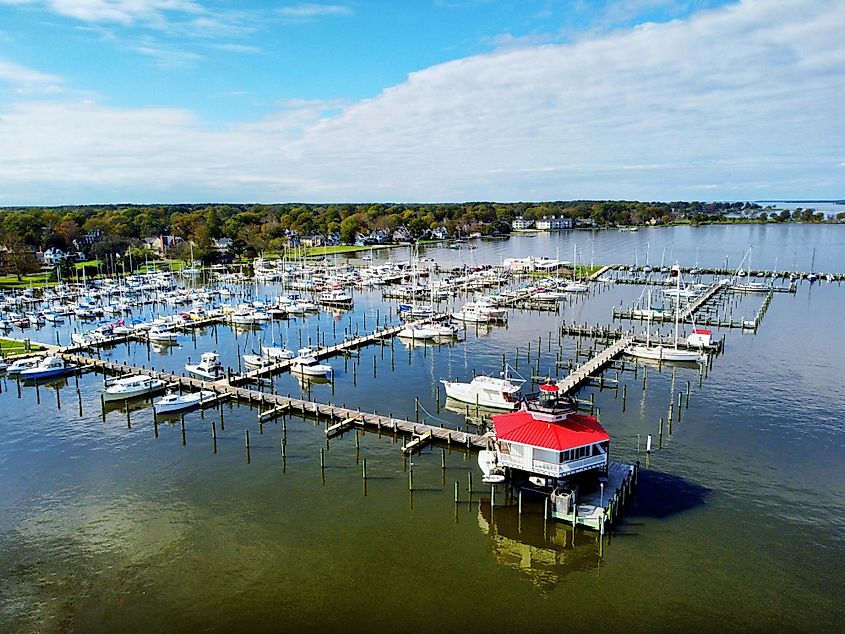
Up the Choptank River, around 13 miles from Chesapeake Bay, is Cambridge, which is one of the oldest Colonial towns in Dorchester County. It was settled all the way back in 1684 but wasn't incorporated until over a century later, in 1793. The town was a significant point in the Underground Railroad, serving as a place of refuge for slaves trying to escape to the North in the 18th century, where slavery was illegal. One of the biggest names in the Underground Railroad, Harriet Tubman, was born in Dorchester County. The Harriet Tubman Museum in Cambridge contains history and murals depicting her life alongside a historic trail that goes over key events in her life. The town was once home to a bustling industrial scene, with industries like food processing having to leave because of waning demand in the 1960s. This led to people having to rely on smaller businesses for work and goods. Cambridge has a robust historical district with variations of architectural styles throughout its history. The Dorchester County Courthouse and Jail, Goldsborough House, and the Rock Methodist Episcopal Church are just some of the many historic structures in this well-preserved town.
Chestertown
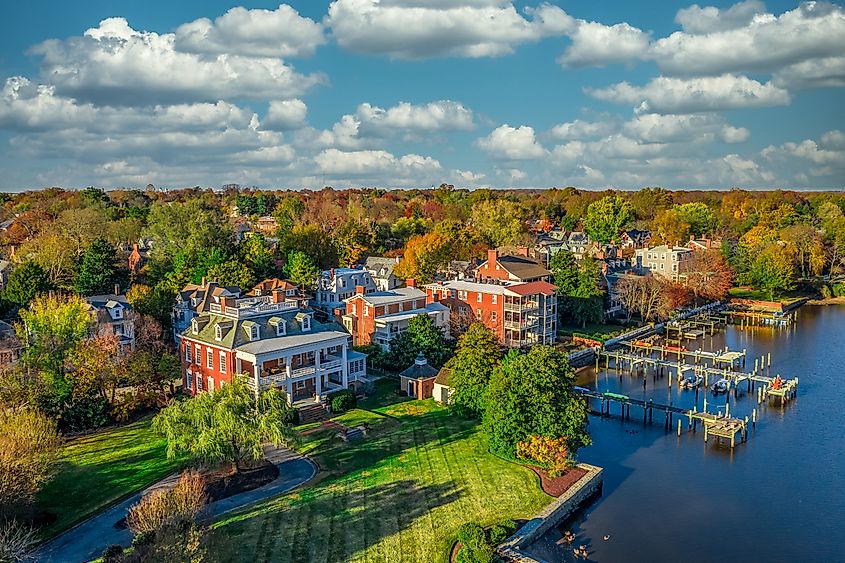
Sitting on the Chester River allowed Chestertown to become a wealthy colonial town because of its potential for shipping opportunities. The town itself was founded in 1706 but wasn't fully incorporated until 1805. By the 1750s, Chestertown was Maryland's second most profitable trading port. This wealth is shown in the many houses and mansions made of brick that still stand in the area today, only reflecting the town's rich and wealthy history. Sites like the Chestertown Historic District, the local railroad station, and plenty of houses stand tall to preserve the architecture of this famous port town. Even the sidewalks downtown are constructed from brick. Residents celebrate their colonial history with an event called the Tea Party Festival, lasting a few days on Memorial Day weekend in May, with re-enactors throwing tea into the Chester River after a parade through the streets.
Maryland is considered one of the richest states on the East Coast when it comes to history, and rightly so. The amount of events and differing cultures coming together over the last few centuries is downright incredible, with many people and historical societies waiting to tell their own stories. While a lot of industry has died down in Maryland, what's left behind is a rich and beautiful state full of stunning architecture and loads of things to do and see. Take a look!
